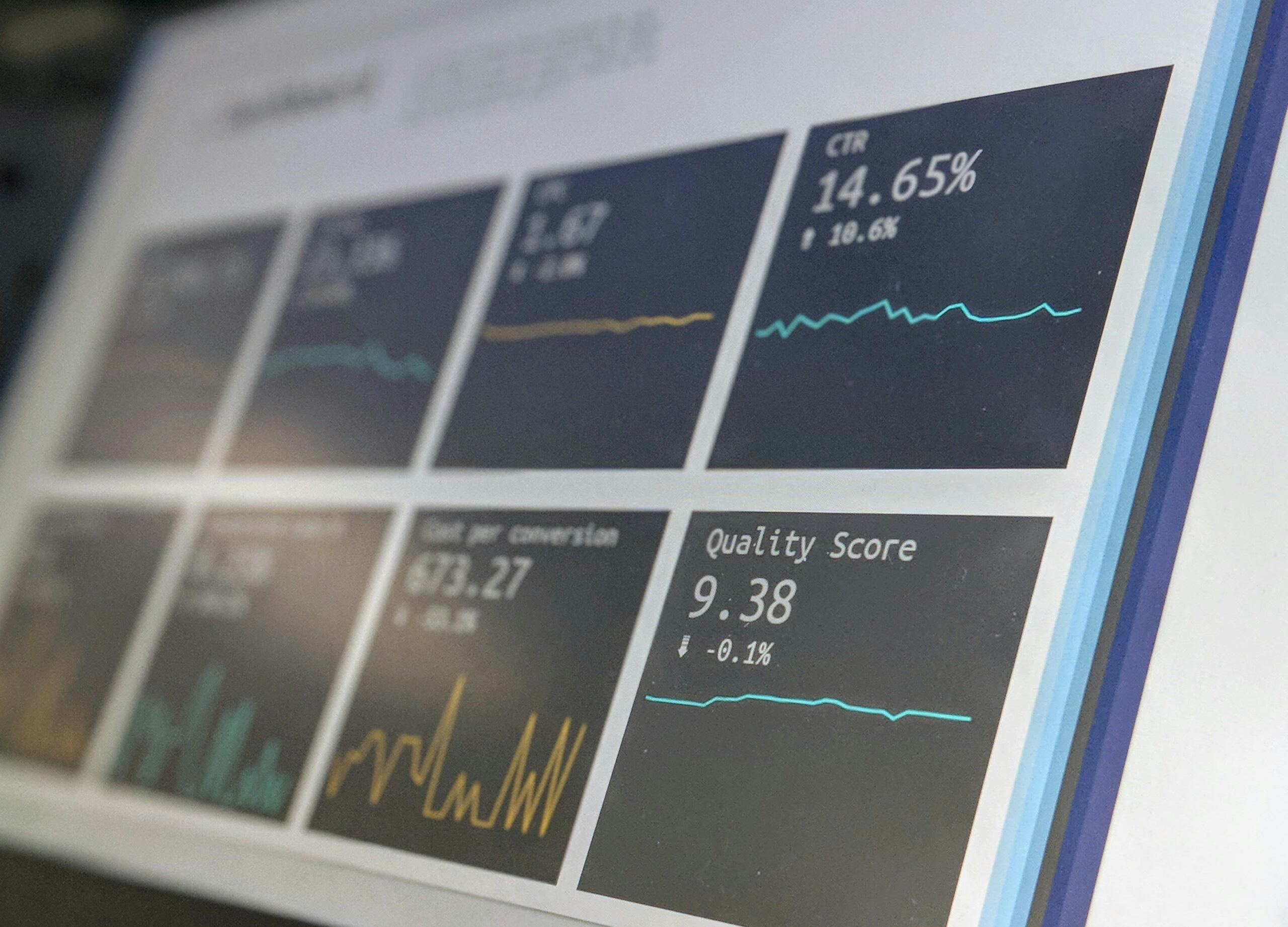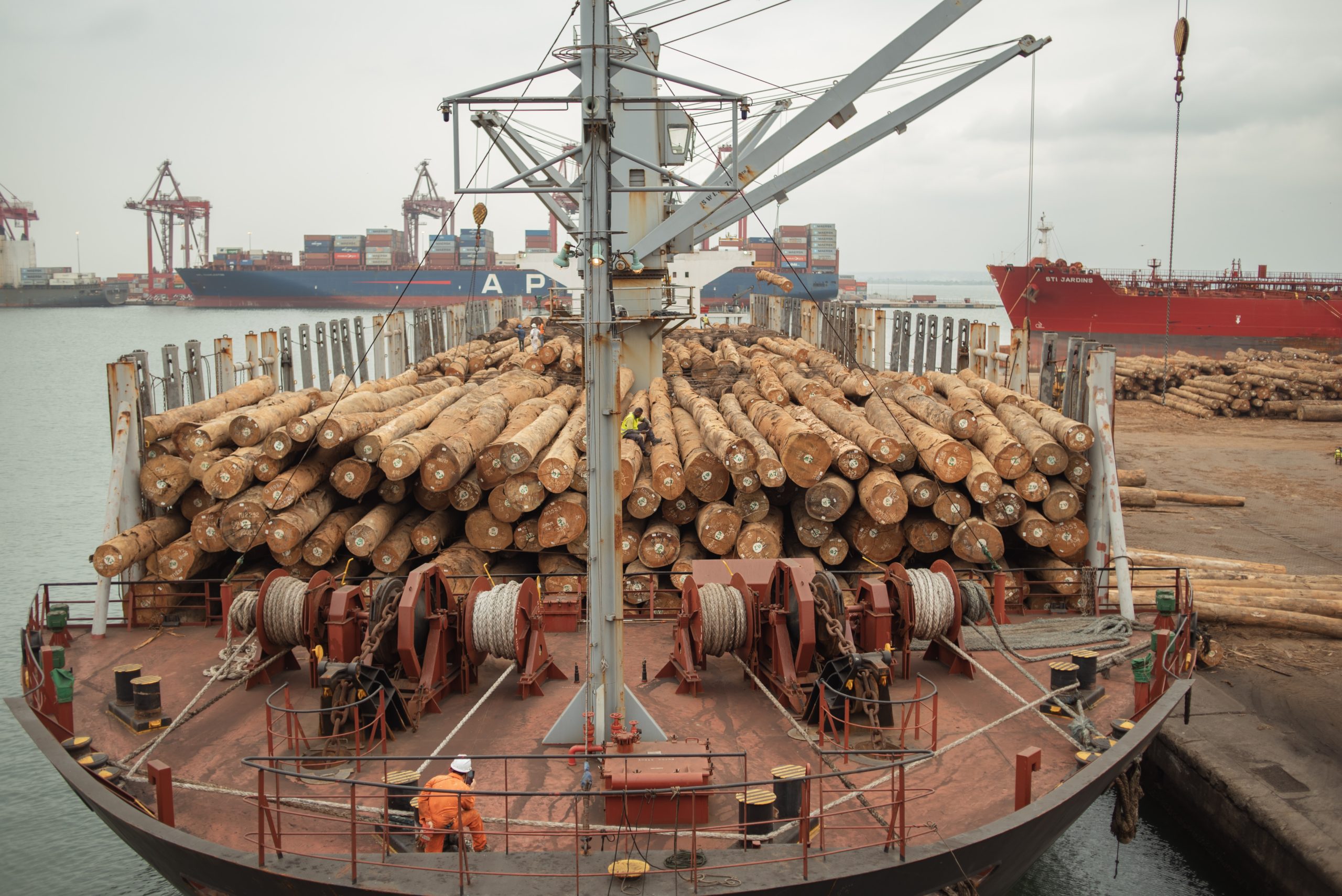The Netherlands’ economy is highly industrialized and depends upon international trade and the export of raw materials. It has a large share of foreign direct investment in its economy. The Netherlands has a high tax rate, making it attractive to businesspeople and individuals seeking to avoid taxes in other countries. The majority of Dutch imports are produced by foreign multinational corporations (MNCs). Consequently, Dutch exports are dominated by high-technology components and materials.

Top economic sectors
The country is a highly developed, modernized, and high-tech country. It’s also known for being quite diverse. There are many industries and sectors that contribute significantly to its economy, including chemicals, energy, agriculture, metallurgy, and tourism.
Chemicals
The country has a thriving chemical sector that ranks among its top industries. 19 of the top international chemical corporations, notably Royal Dutch Shell, DSM, AkzoNobel, and BASF, have their corporate heads in this country. Multiple institutes and academic organizations, like TNO, are located in the Netherlands.
The chemical industry is primarily focused on producing innovative products and remedies. Additionally, the market collaborates with other stakeholders from different fields to create quality solutions and advanced technologies.
Energy
The Netherlands is home to 25% of the European Union’s (EU) natural energy resources, according to calculations. In 1959, vast natural gas reserves were found in the nation, and they have since produced large sums of money. Since the coal sector was shut down in 1974, the country has lacked access to any other raw resources. One of the nation’s biggest natural gas fields is the Groningen Gasveld, which is located in Slochteren.
Fishing
The fishing industry in the Netherlands is one of the oldest and most important industries in the country. The Netherlands is a major European fishing nation, with over 15% of the EU’s total coastline under Dutch jurisdiction. The Netherlands is also one of the world’s largest exporters of frozen fish and seafood, exporting more than $1 billion worth of frozen fish and seafood annually.
The fishing industry in the country consists primarily of small-scale commercial fishermen who operate relatively small boats at sea. The most popular species caught off the coast of Europe include cod, haddock, sardines, and herring.
Agriculture
Thanks to its highly mechanized farming industry, cutting-edge equipment, favorable location, warm climate, and fertile ground, the Netherlands is one of the biggest producers of farming and feed goods in the world.
In addition to producing enormous leftovers before the food and processing industries, the agriculture sector employs 4% of the Dutch labor force. Onions, chilies, cucumbers, fruits, and flowers are a few of the agricultural and food goods that the country exports.
Metallurgy
The Netherlands’ industrial base includes the metallurgical industry as a significant component. The enterprise is composed of a variety of elements, including tools, operations, supplies, and technology. The metallurgical sector is heavily reliant on both conventional handicraft and cutting-edge fabrication methods. The area collaborates with other industries like electricity, medical, mining, transportation, property investment, and commercial shipbuilding.
Banking
The banking sector is an important part of the economy, providing credit to businesses and consumers. The sector is also a major employer in the country, with more than 200,000 people employed by Dutch banks.
The country’s banking sector is dominated by three companies: ABN AMRO, ING Group, and Rabobank Nederland. The area has been highly profitable over the past decade due to low-interest rates that have encouraged consumers to take out loans at high rates.
Technology sector
The Netherlands is a high-tech country with a growing economy. The technology field includes both high-tech and traditional industries, but it has a high concentration of high-tech manufacturing. The sector is expected to grow by an average of 2% per year over the next decade, which will lead to a 3% increase in GDP. In addition, the sector has a large impact on employment, both directly and indirectly. Many spin-offs from this sector have an impact on other sectors such as transportation, retail, and hospitality.






